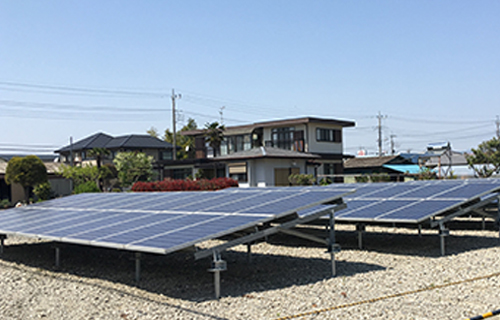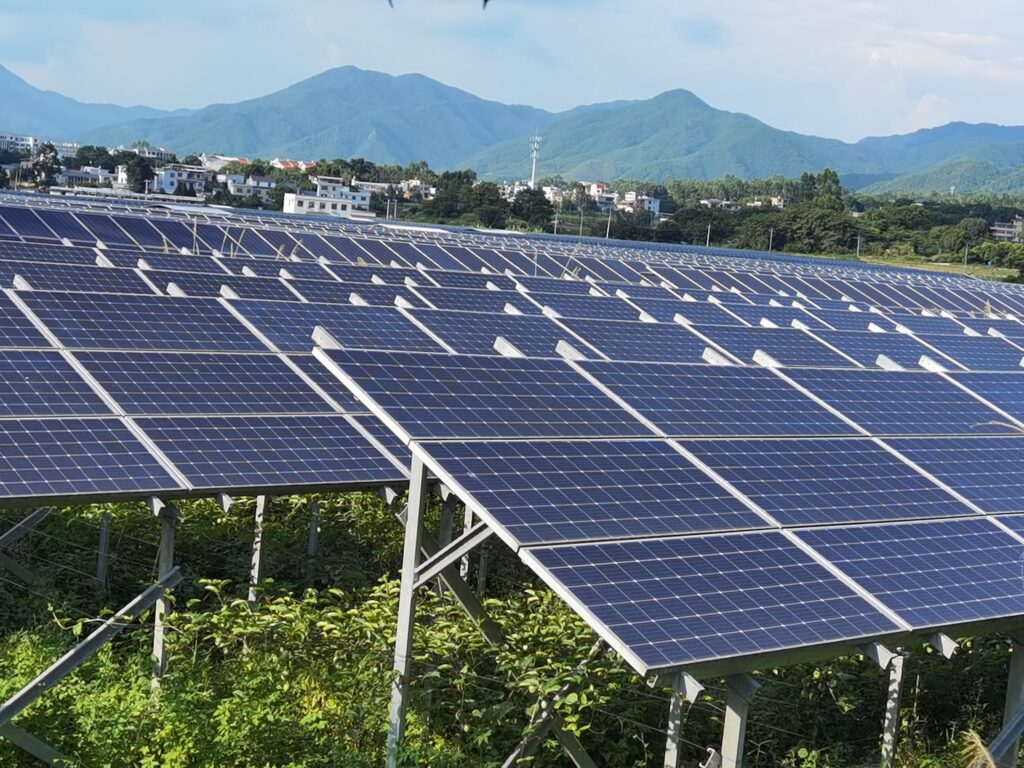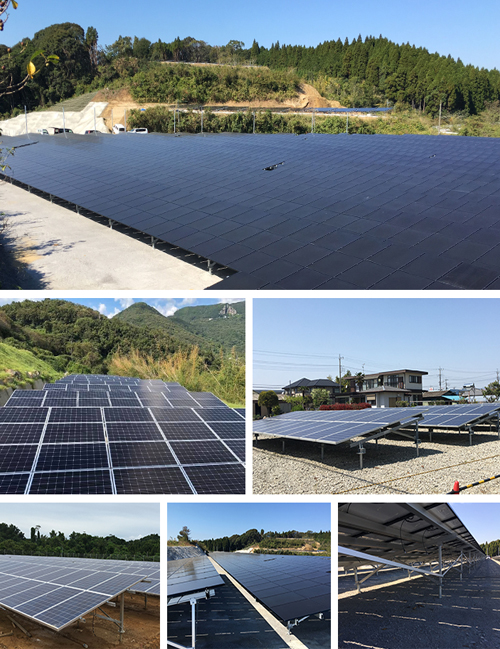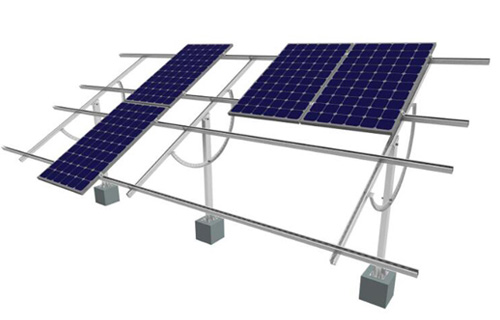what is the best solar company
Best Solar Companies of 2023: How to Choose the Right One for Your Home
Solar energy is one of the most abundant and clean sources of renewable energy in the world.
However, choosing the right solar company for your home can be a daunting task,
as there are many factors to consider, such as the quality, efficiency, cost, warranty, and reputation of the solar products and services.

In this blog, we will help you find the best solar company for your home by providing some tips and recommendations based on the latest web search results.
Tips for Choosing the Best Solar Company for Your Home
Before you decide on a solar company for your home,
you should do some research and comparison to find the best option for your needs and budget.
Here are some tips to help you choose the best solar company for your home:
• Check the credentials and certifications of the solar company.
You should look for a solar company that is licensed, insured, and bonded in your state, and has the necessary certifications from reputable organizations,
such as the North American Board of Certified Energy Practitioners (NABCEP),
the Solar Energy Industries Association (SEIA),
or the Better Business Bureau (BBB).
• Compare the products and services of the solar company.
You should look for a solar company that offers high-quality and high-efficiency solar products,
such as solar panels, inverters, batteries, solar mounting system and chargers,
that are compatible with your home’s electrical system and roof type. You should also look for a solar company that offers
comprehensive and flexible services,
such as free consultation, design, installation, maintenance, and support,
as well as various financing options, such as cash, loan, lease, or power purchase agreement (PPA).
• Read the reviews and ratings of the solar company.
You should look for a solar company that has positive and consistent reviews and ratings from previous and current customers,
as well as from independent sources, such as online platforms, magazines, or websites.
You should also look for a solar company that has a good reputation and ranking among the national or local solar industry,
such as the U.S. News 360 Reviews https://www.usnews.com/360-reviews/services/best-solar-companies,
the Solar Power World Top Solar Contractors, or the EnergySage Solar Marketplace.
Recommendations for the Best Solar Companies of 2023
Based on the web search results, here are some of the best solar companies of 2023 that you may want to consider for your home:
1.SunPower: SunPower is a leading solar company that has been operating for more than 30 years.
SunPower offers high-efficiency and high-quality solar products, such as the Maxeon solar panels that have a 22.8% efficiency rating
and a 25-year warranty.
SunPower also offers various financing options, such as cash, loan, lease, or PPA, and a 25-year service, product, and production
guarantee for every installation https://www.cnet.com/home/energy-and-utilities/tesla-vs-sunpower/
2• ADT Solar: ADT Solar is a subsidiary of ADT, the well-known home security company.
ADT Solar offers low-cost and flexible solar products and services, such as free equipment repair and replacement, multiple
financing options, and a price match guarantee. ADT Solar also offers solar batteries and backup features, as well as home security
and automation solutions https://www.usnews.com/360-reviews/services/best-solar-companies
3• Sunrun: Sunrun is the largest residential solar company in the U.S., with over 500,000 customers.
Sunrun offers affordable and reliable solar products and services, such as the Brightbox solar battery and backup system,
the Brightsave monthly or prepaid plans, and the Brightbuy or Brightadvantage cash or loan options.
Sunrun also offers a 25-year warranty, a 10-year roof penetration warranty, and a performance guarantee for every
installation https://www.solarfeeds.com/mag/top-solar-manufacturers-in-china/
These are just some of the best solar companies of 2023 that you may want to consider for your home.
However, you should always do your own research and comparison before making a final decision,
As the best solar company for your home may depend on your specific needs and preferences.
I hope this blog was helpful for you. If you have any questions or feedback, please let me know.














